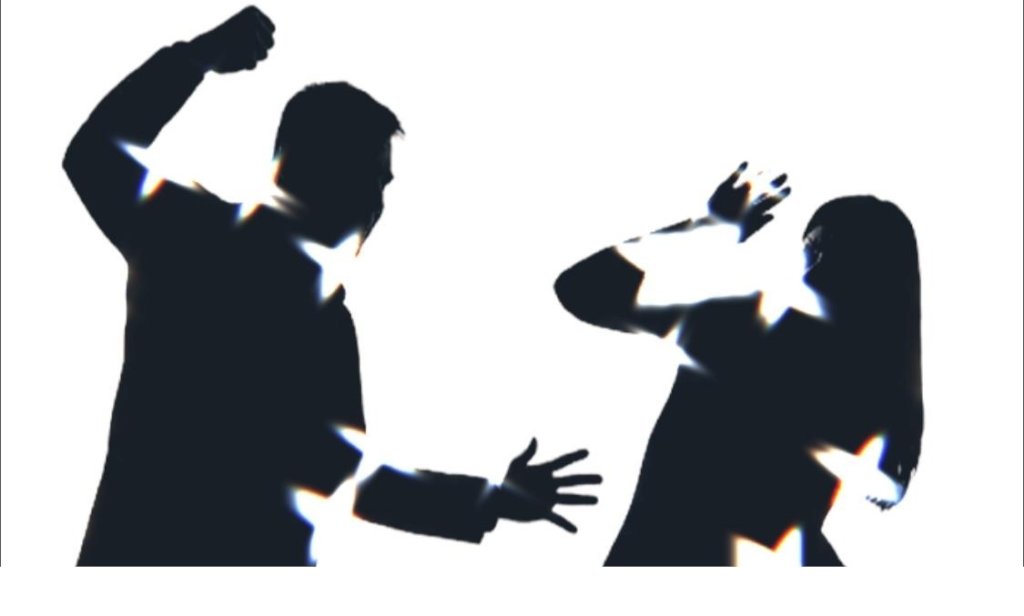- Empty cart.
- Continue Shopping
Recognizing and Using the Signal for Help in Domestic Violence Situations

Domestic violence is a pervasive issue that affects individuals across all walks of life. In situations where verbal communication may be monitored or restricted, non-verbal cues can be life-saving. One such cue is the “Signal for Help,” a discreet hand gesture developed to allow victims to communicate their need for assistance. We aim to educate readers on the importance of recognizing and using the Signal for Help in domestic violence situations.
1. What is the Signal for Help?
A Silent Cry for Assistance
The Signal for Help is a simple, yet effective, hand signal designed to alert someone that the individual using it is in danger and needs help. The signal involves holding your hand up with your thumb tucked into your palm, and then folding your fingers over the thumb.
How to Implement
If you’re in a situation where you need to use the Signal for Help, try to do it in a way that won’t attract attention from the person causing you harm. Use it in a video call, or even in person when someone else is looking.
2. Recognizing the Signal
The Importance of Awareness
Recognizing the Signal for Help can be the difference between life and death for someone in a domestic violence situation. Therefore, it’s crucial to familiarize yourself with the signal and be vigilant.
How to Implement
Educate yourself and others about what the Signal for Help looks like. Share information about it on social media, and discuss it with friends and family to spread awareness.
3. Taking Action
What to Do When You See the Signal
If you recognize someone using the Signal for Help, it’s essential to act promptly but cautiously. Your actions should not endanger the person further.
How to Implement
Contact local authorities or a domestic violence hotline immediately. If possible, ask the person using the signal a yes-or-no question to assess their situation better, such as “Do you want me to call 911?”
4. Resources and Support
Where to Seek Help
Various organizations and hotlines offer support for domestic violence victims. Knowing where to turn can be incredibly empowering.
How to Implement
Keep a list of resources, such as local shelters and national hotlines, readily available. Apps and websites also provide discreet ways to seek help.
5. Educate and Advocate
Spreading the Word
The more people know about the Signal for Help, the more effective it becomes. Education and advocacy are crucial for its widespread adoption.
How to Implement
Participate in community events focused on domestic violence awareness, share educational materials, and encourage schools and workplaces to include the Signal for Help in their safety protocols.
Conclusion
The Signal for Help is a powerful tool in the fight against domestic violence. By learning to recognize and use this signal, you could potentially save a life. Let’s work together to spread awareness and make our communities safer for everyone.








